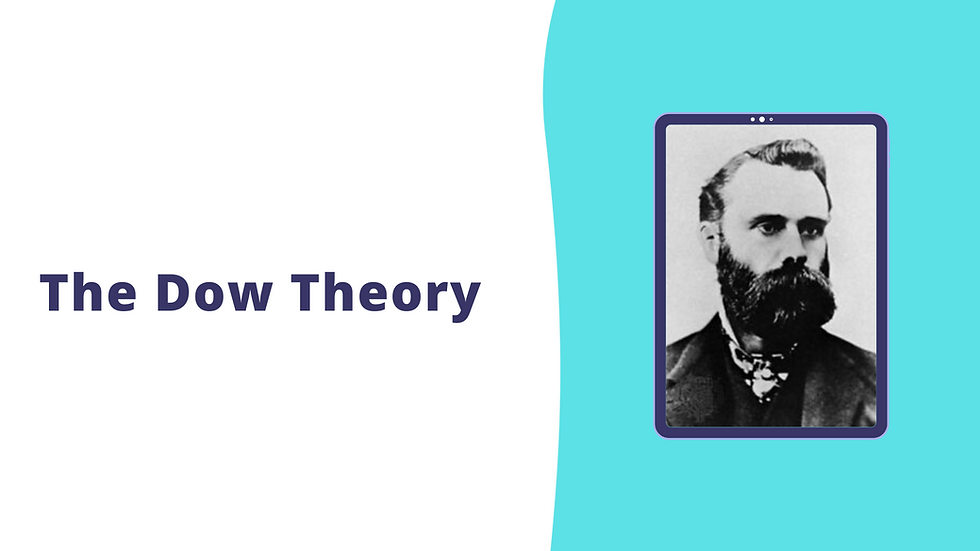How is the value of the rupee decided with respect to the dollar?
- akshay.equity

- Sep 8, 2018
- 3 min read
Once upon a time, there were three countries. A, B and C.
When they established they were all self-sufficient. They all were producing rice, vegetables, bricks and clothes required for all their inhabitants. Everything was going great.
Now, Country C found a new, faster way to make bricks. Thus, they started producing faster than the villagers there could buy. So, they thought they could sell some of them to the Country B as it was going through a rainy season. In return for the bricks, Country B thankfully gave some extra rice. Country C was willing to offer only one extra brick for every 10 bags of rice they will receive from Country B.
Meanwhile, Country A was going through a drought season went to Country C for help so that they can receive bags of rice from them, in return for rice Country A offered the large pile of clothes to Country C.
The exchange process became complex and Country C decided to set a common thing (Currency) for exchange. Country C sets 1 brick equals 1 Currency C. Thus, Country A and B need to get Currency C to buy stuff from C.
Not to be left behind, Country A and B gave the names to their currencies and Currency A and Currency B.
1 Currency A is set as 10 pairs of clothes 1 Currency B is set as 10 bags of rice.
These currencies then used among the villagers to buy and sell stuff among themselves. At the current rate:
1 Currency A = 1 Currency B = 1 Currency C -- Equation 1.
It’s a party time for Country C guys as they are getting a lot of, clothes and rice without working much. So, Country A and B guys keep working hard, Country C guys start relaxing more.
The drought in A ends and they start producing a lot of rice. Now, they are not in that need for the rice from C and have a less need for Currency C. As rice is required less, Country A guys are willing to offer only 5 clothes for every 10 bags of rice. By previous equations, now 1 Currency A (10 clothes) = 20 bags of rice = 2 Currency C.
In the meanwhile, Country B has adapted a part of the brick building process and have started producing enough bricks. They are now less willing to buy bricks from C. They now set 1 Currency B(10 bags of rice) = 3 bricks = 3 Currency C.
This leaves the Country C with no options but to devalue their currency to accept the reality that 1 Currency C = 0.5 Currency A = 0.33 Currency B.
This spurs the local farmers and weavers who can no longer buy rice and clothes from outside and start getting back to work again.
Today 1 US Dollar = 72.10 Rs. | You can now imagine the journey. Why? because India is a net importer and we produce less and import more.
Have you ever encountered what India actually imports and exports majorly?
India’s Major Imports:
Gold imports declined 2.8 percent year-on-year to $2.3 billion.
Oil imports increased 56.6 percent to $12.7 billion from last year.
Import of pearls, precious and semi-precious stones fell 17.1 percent to $2.7 billion.
Coal, coke and briquette imports rose 26.9 percent to $2.2 billion.
Imports of machinery, both electrical and non-electrical, rose 32.8 percent to $3.2 billion.
India’s Major Exports:
Petroleum products’ exports grew 52.5 percent to $4.1 billion.
Exports of organic and inorganic chemicals advanced 30.3 percent to $1.7 billion.
Engineering goods’ exports grew 14.2 percent to $6.7 billion.
Drugs and pharmaceuticals’ exports grew 14.7 percent to $1.5 billion.
Exports of readymade garments fell 12.3 percent to $1.3 billion.
Gems and jewellery exports’ increased 2.7 percent to $3.5 billion.
-----------------------------
Note: Devaluation is essentially recognizing that one's currency is significantly less than what it used to be. This happens when a country is not letting its currency trade in the markets and essentially sets how much its currency is set to a dollar or other currency.
For more useful articles: click here For online video lectures for learning Stock Analysis click here If you want us to design your Stock Portfolio click here Register for workshop here: equityboxx.com/workshops

Major Topics: Stock Market Introduction, Terms and Jargons, Stock Fundamentals Analysis ( Balance sheet Analysis, PL statement Analysis), Financial Ratios, Major Corporate Actions, Stock Technical Analysis ( 5 methods), Forecasting of future price of the stock, Different Valuation methods of the company, Risk Management, Taxation, Derivatives (Basics) — Options and Future trading.



Comments